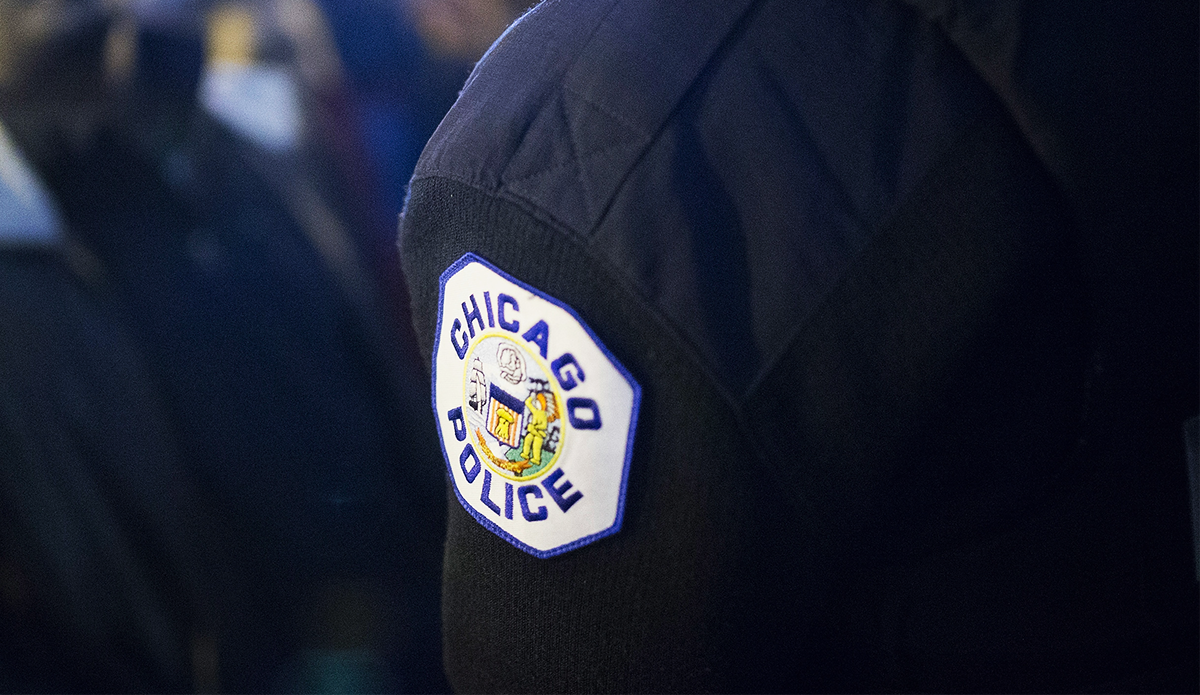Look up! For the first time in nearly two decades, Mercury, Venus, Mars, Jupiter and Saturn will all be visible in the Chicago area -- at the same time -- to the naked eye this week. And the best day to see it may be June 24.
According to the Adler Planetarium, it's the first time since 2004 this five-planet "parade" will be visible.
The rare planet alignment began earlier this month, when Saturn rose on June 14. Later that morning, came Jupiter, and then Mars, below and to the left. Those two planets were much closer at the start of the month, but grew apart as the month progressed, Adler said.
Toward the second half of June, below and to the left of Venus -- the brightest planet -- Mercury became visible.
Feeling out of the loop? We'll catch you up on the Chicago news you need to know. Sign up for the weekly Chicago Catch-Up newsletter here.
This week and next, the Moon will move near each planet, Adler said. On June 18, a 'waning gibbous moon' appeared just below Saturn.
Here's the schedule for the rest of the week:
- June 21: A waning crescent moon appears below Jupiter
- June 22: A waning crescent moon appears to the right of Mars
- June 26: A very slim waning crescent moon appears to the left left of Venus
- June 27: An even slimmer crescent appears to the left of Mercury
What Makes the Planet Alignment Rare?
Local
While it's common to see two planets appear close together in the night sky, the celestial phenomenon — known as a conjunction — is much more rare when more planets are involved.
After June, the planets will begin to spread out in the predawn sky, "so much so that Venus and Saturn will make their exits as morning objects for most observers by September," according to NASA.
How and When to See the Alignment
You'll have to get up early.
Look up, about 45 minutes before sunrise -- about one-third of the way above the southern horizon line, and then down to the east and northeast, Adler said.
The planetary alignment will continue through June 30. Venus and Jupiter will be the brightest and easiest to see.

If conditions are clear, the planets should be bright enough to see them with the naked eye.
Mercury, being closest to the horizon, appeared faintest in the sky at the beginning of the month, but it's become easier to spot as the month progressed, according to Sky & Telescope.
When's The Best Day to See the Alignment?
According to Sky & Telescope, the best opportunity to see the spectacle may be on June 24.
On that date, stargazers will have about an hour to see the alignment, starting "from when Mercury pops above the horizon to when the rising Sun washes it out of the sky."
How to Know If You're Looking at a Planet, or a Star
According to Adler, stars twinkle and planets don't.



